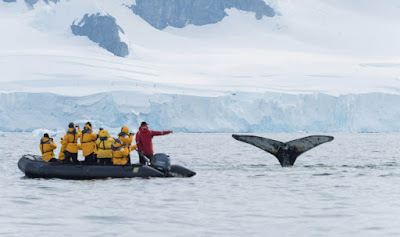While
you are taken on an expedition to complete an assignment for a wildlife photography workshop, you
might have a lot of experience of photographing several white subjects. Polar
bear, for an instance, always arouses the interest of wildlife photographers.
Arctic fox, snowy owl, arctic hare, and willow ptarmigan- there are many white
animals that can cross the path of a wildlife photographer. Keeping these
aside, even if you want to photograph a snow-covered land or nature’s photo
when it is snowing, you need to know how to click white subjects. However, a
lot of photographers fail to understand how they can work it out.
Problems with exposure control
The
key point that a photographer needs to remember is that while you shoot a white
subject, your meters tend to read for middle tone. A meter cannot distinguish
among a white bird, a gray bird or a black bird. For the meter, they are all
the same. So, a meter will provide you with a zero exposure in all these cases.
Unfortunately, this makes a white bird look gray, the gray bird looks
middle-toned and a black bird will also look gray. This creates a disaster.
Solution
A
lot of people suggest using evaluative metering or matrix metering to solve
this problem. Veterans in a nature
photography workshop always suggest that using spot metering in manual mode
can help to solve this process. You can have absolute control over the process
this way and click white subjects without worries.
This
helps to set the meter perfectly. You do not need to second guess or put a bracket
on your meter. This method practically ensures that the exposure is accurate.
Other components
In
a macro photography course,
photographing white substance becomes all the more difficult. You need to
maintain the focus as the view of angle is broader than normal photography. At
the same time, you need to control the exposure also. You need to thoroughly
understand histograms, metering for white, black and all tonalities. These will
help to develop the understanding of exposure in detail.
Color
balance is a very important factor for wildlife photography workshop. It can change the quality of your photograph
significantly. So, you need to decide which technique you will use to balance
the exposure of a white subject. Proper theoretical knowledge and constant practice
can lead you to perfection. So, diligent practice is the key to your success.









